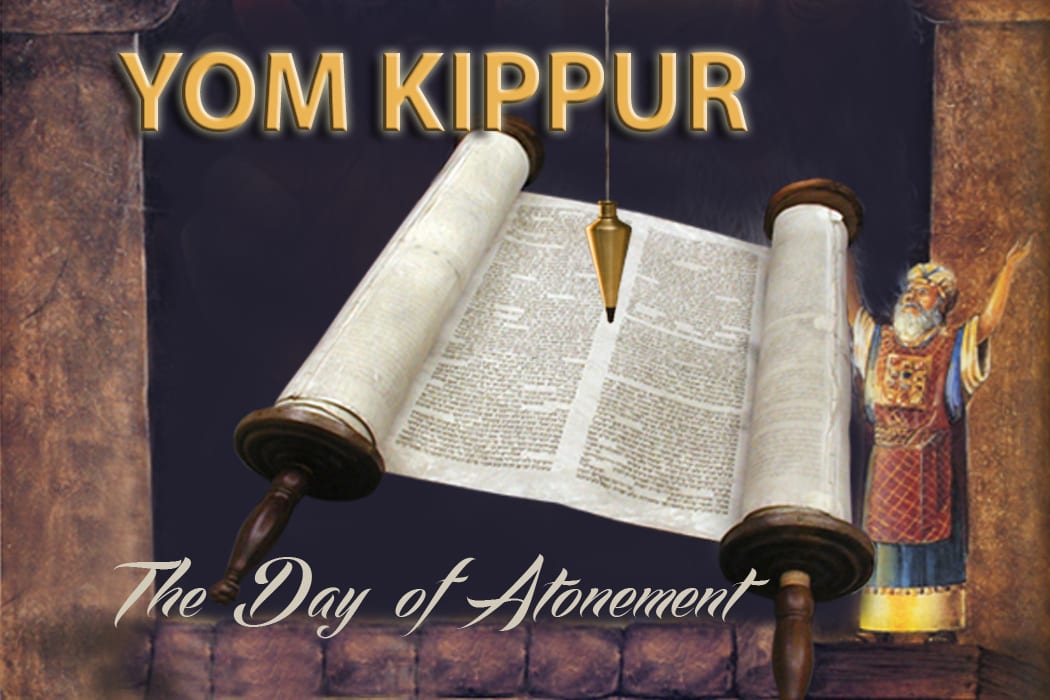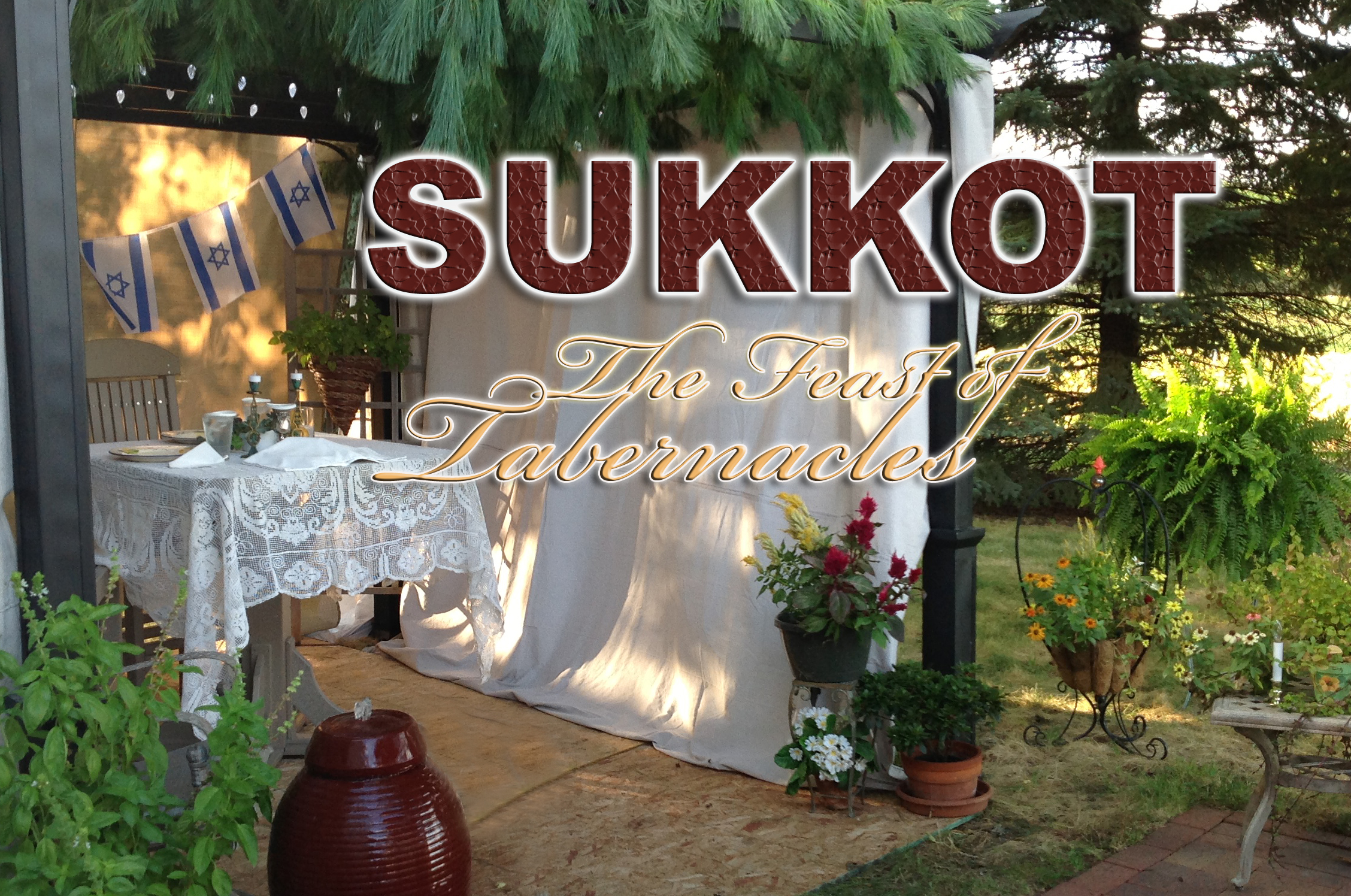The Purpose
Rosh Hashanah is a time that commemorates the beginning
of the New Year by the blowing of “Shofars” (Trumpets) and
celebrates the day of Sabbath rest. It is literally translated as
“Head of the Year” but is often referred to as “The Feast of
Trumpets”. In scripture it is referred to as “Zikhron Teruah –
Memorial of Blowing of Trumpets (Lev. 23:24) and Yom
Teruah – Day of Blowing of Trumpets (Num. 29:1).
The Time
Rosh Hashanah occurs on the first day of Tishri, which is
recorded as the first month on the civil calendar and the
seventh month of the religious calendar. This translates to
mid-September / early October. The beginning of each
Hebrew month was originally marked by the appearance of
the new moon. Thus Rosh Hashanah begins at the sighting
of the new moon marking the beginning of the month of
Tishri. It was originally a one-day celebration but has
become a two-day celebration.
The History
In scripture, Israel was commanded to observe the feast day
of Rosh Hashanah by blowing trumpets and keeping the
Sabbath day of rest. The sacrifices associated with this
feast were that of a young bull, a ram, and seven lambs. This
was in addition to the daily and monthly sacrifices that were
required.
The Elements
The focal instrument of Rosh Hashanah is the Shofar,which
is a ram’s horn fashioned into a trumpet-like instrument. The
ram’s horn is viewed as an endearing reminder of GOD’s
provision of the ram in place of Isaac in scripture. In
celebration of Rosh Hashanah the
Shofar is blown in the following pattern:
Tekiah (One long blast)
Shevarim (Three short blasts)
Teruah (Nine staccato blasts)
The Spiritual Focus
Rosh Hashanah is not only a time of celebration but also a
time of reflection, repentance, and sanctification. It is a time
when GOD’s Kingship is in focus as well as the covenants
that HE made with HIS people. It begins a 10-day time period
known as the “Days of Awe” in which forgiveness and
cleansing from sin is sought from GOD the King in
preparation for the next feast of Yom Kippur – The Day of
Atonement.
The Food
Rosh Hashanah has two distinct types of food associated
with the festival. The first is apples dipped in honey
symbolizing the “desire for sweetness in the new year”. The
second is oval loaves of the Jewish bread called challah.
The oval shape of the bread symbolizes the crown of GOD
signifying HIS kingdom rule.
The Purpose
Yom Kippur is viewed as one of the most reverent, solemn,
and holiest of days. It is a time that GOD ordained for the
sanctification of HIS people. Yom Kippur is literally
translated “The Day of Atonement”. The word “Atonement”
can be understood with the term “covering” which coincides
with the sacrificial offerings associated with this day. The
sacrifices were an “atonement” to GOD for sin. The spiritual
aspect of this holy day is found in the manifestation of
YESHUA the Messiah as the final and perfect sacrifice for
sin thus uniting us with GOD once again.
The Time
Yom Kippur occurs on the tenth day of Tishri, which is
recorded as the first month on the civil calendar and the
seventh month of the religious calendar. This translates to
mid-September / early October. Yom Kippur occurs in-
between two of the other notable holy days namely Rosh
Hashanah (The Feast of Trumpets – Tishri 1) and Sukkot
(The Feast of Tabernacles – Tishri 15).
The History
This was the only day in the year that the High Priest was to
enter into the “Holy of Holies” within the Temple, where GOD
HIMSELF was present. It was a solemn day of fasting and
repentance of one’s sins. In scripture, Israel was given very
specific instructions in the observance of Yom Kippur (Lev.
16; Lev. 23:26-32; Num. 29:7-11). In order to keep a state of
mind focusing on repentance, no work was to be done on
this day. The entire day was to be devoted to implementing
(High Priest & priesthood) and observing (the people) the
necessary sacrificial observances commanded by the LORD
for this day.
The Sacrificial Ceremony
Two key sacrifices of Yom Kippur are important to note.
First, the bull – which was the substitute for the sins of the
High Priest and the priesthood: Second, were two goats of
which one, by lots was chosen as the bearer of the sins for
the nation, while the other being “Azazel” – a term for
scapegoat – was set to be free into the wilderness.
The Spiritual Focus
Yom Kippur is a time to examine ourselves, seek repentance,
and make restitution. Here we see a beautiful picture of the
role of YESHUA, the Messiah, and HIS ultimate sacrifice for
us. HE became the perfect sacrifice. HE became the goat
that was sacrificed once and for all in order to bring us back
into right standing with the Most High, and we, HIS people
were set free. Spiritually we must continue to seek GOD’s
face, growing in obedience to HIS will and fulfilling all that
HE created us to be.
The Purpose
Sukkot is known two ways in scripture, the “Feast of
Tabernacles or Sukkot and Feast of the Ingathering.” The
word “Tabernacle” here refers to a temporary dwelling place.
This feast is an annual reminder of GOD’s miraculous
provision during the time Israel wandered in the wilderness
for 40 years. This season is the most joyous and festive of
the all feasts, because it celebrates GOD’s “goodness and
provision” and wonderfully portrays the coming of the
Messiah.
The Time
Sukkot occurs on the fifteenth day of Tishri, which is the 1st
month on the civil calendar and the 7th month of the
religious calendar. This translates to late September / mid-
October (5 days after Yom Kippur – Day of Atonement).
Sukkot Is a 7-day celebration with the 1st day and the 8th
day observed as Sabbaths in themselves, thus no work is to
be done on these 2 days.
The History
In Scripture, Israel is called to make a celebratory pilgrimage
to Jerusalem each year for Sukkot. They would construct
Sukkah’s (leafy temporary dwellings or booths) located
within a Sabbath’s journey of the Temple. At sundown, the
Shofar’s blast from the temple would announce the arrival of
the season. It was during Sukkot that Solomon dedicated
the Temple and the Skekinah glory of GOD descended to
light the fire on the altar and filled the Holy of Holies with HIS
divine presense. (2 Chron. 5:3, 7:1-10; I Kings 8)
The Spiritual Focus
Sukkot is a time of celebrating GOD’s goodness and
provision. It is also a time to invite the True Light of the
Worldinto our lives to expose any darkness and receive HIS
salvation, HIS light, as Isaiah prophesied, “I will also make
you a light to the nations, so my salvation can spread to the
ends of the earth.” (Is.49:6).



